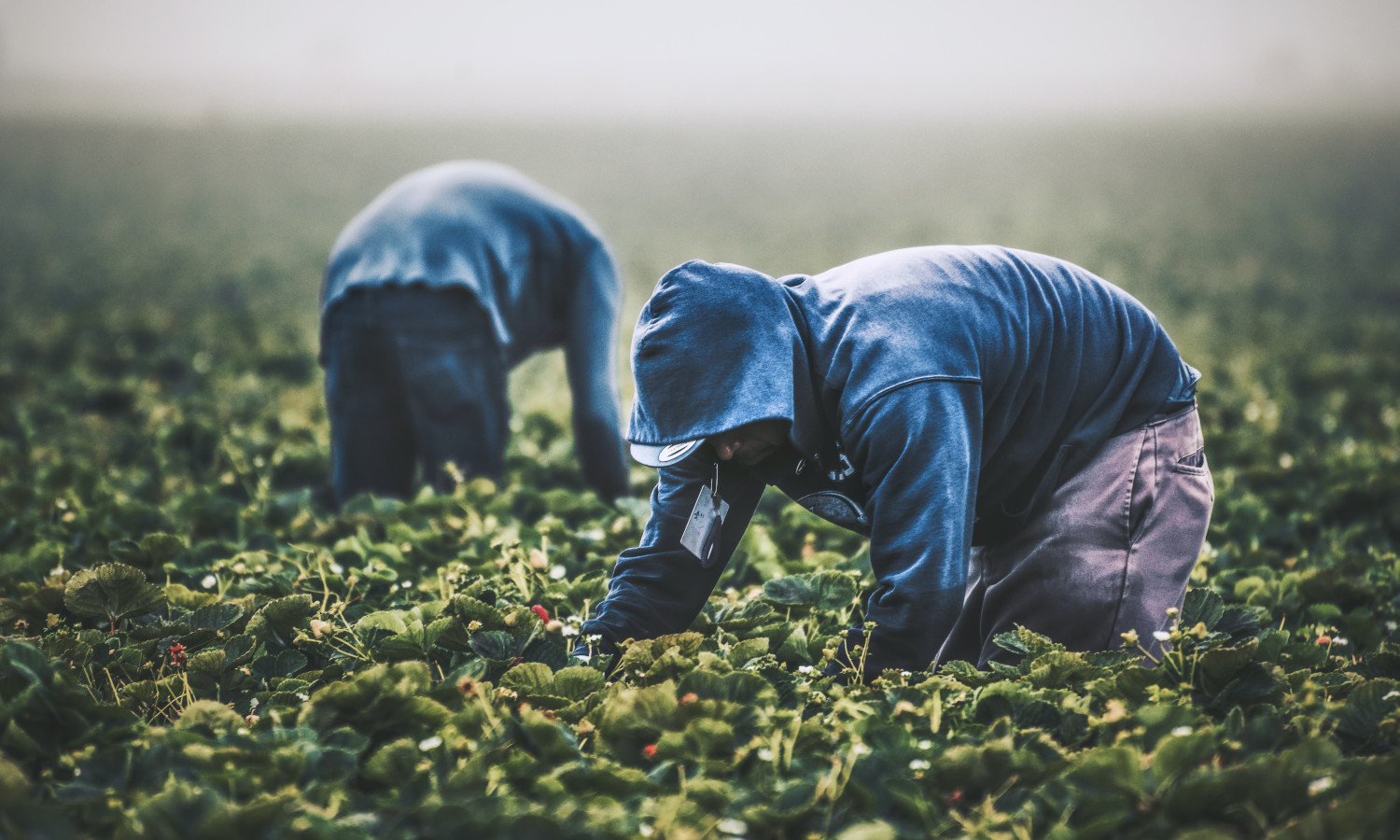Pesticide use in the United States has contributed to the legacy of environmental racism against communities of color, a recent report from The Organic Center finds. But ongoing activism of these communities presents opportunities for building a more equitable food system. To support this resistance, the Organic Center also released an accompanying lesson plan to help young activists improve the food system.
The Organic Center’s two new resources aim to “meet students where they already are” because youth have always been the “main promoters of environmental justice,” Jayson Maurice Porter, PhD Candidate at Northwestern University and author of the report and lesson plan, tells Food Tank. Porter hopes the report and lesson plan will “introduce the history and ecology of things kids already experience to help them and help us tap into the ideas they already have.”
Through several historical case studies of agrochemicals, environmental racism, and environmental justice, the report examines the relationship between these topics on local and regional scales. Porter looks at Mexico, Canada, and the South and West Coasts of the United States to analyze the ways agrochemicals have caused detrimental environmental and health impacts. He goes on to show that these substances have predominantly affected low-income communities and communities of color.
“Urban planning and city policy considers certain people in certain communities more or less disposable and puts them in harm’s way, giving them an uneven burden of experiencing and dealing with things like pollutants,” Porter tells Food Tank.
In California, where nearly one-third of the U.S. farmworkers live, several of the state’s regions with large low-income, Latinx populations are not subject to pesticide laws. This enables the agricultural industry to use chemicals including chlorpyrifos that were otherwise banned for commercial use. According to research in Health & Place asthma prevalence is high among the children of Mexican farmworkers living in the highly toxic, yet agriculturally wealthy environment of the San Joaquin Valley.
The report also reveals that in the U.S. South, pesticide use is higher in counties with larger BIPOC communities. It finds that governments spend approximately eight times more money on pesticides in rural counties where people of color comprise 40 percent of the population compared to counties where they comprise less than 6 percent.
Porter tells Food Tank it is “important to really see how the United States has imperial relationships with so many different places, both within the United States and outside the United States.” The report argues that agrochemicals helped expand U.S. power beyond national borders. “Environmental justice needs to move beyond U.S. exceptionalism,” Porter tells Food Tank.
Building off the report’s findings, the lesson plan aims to engage with students in discussions about the origin of pesticides and how they affect poor, Black, and Latinx communities. By encouraging students to use history and geography, the lesson plan facilitates discussions about the ways industrial agriculture and agrochemicals may impact their own communities and surrounding environments.
The lesson plan also invites students to consider whether environmental racism or environmental injustice has inspired any forms of grassroots environmental justice in their own cities or communities. Tracing the history of environmental justice movements, the report profiles key figures including Robert D. Bullard, often considered the father of environmental justice.
Through the report and lesson plan, Porter is careful to note that the onus of environmental justice should not burden “people whose resources are already slim.” Porter tells Food Tank that “it’s also complicated because we don’t know how much we can trust the state or large private institutions. History makes us skeptical of state intervention and top-down models.”
Porter hopes the report and lesson plan will “break down the barriers between scholarship and public facing work.” Young people are already attuned to issues of environmental justice and are engaged in understanding how industrial agriculture replicates patterns of harm across the U.S. food system. This is why Porter tells Food Tank he thinks it’s important “to make sure [academics] do the heavy lifting to try to make complicated stories as accessible as possible.”
Articles like the one you just read are made possible through the generosity of Food Tank members. Can we please count on you to be part of our growing movement? Become a member today by clicking here.
Photo courtesy of Tim Mossholder, Unsplash













